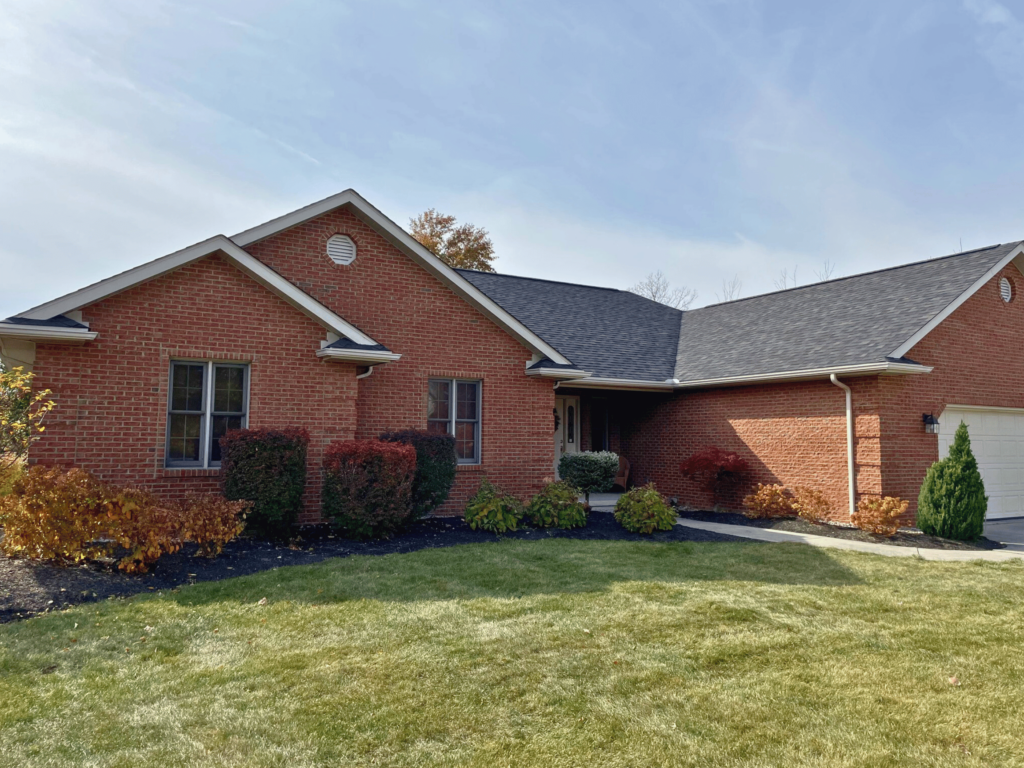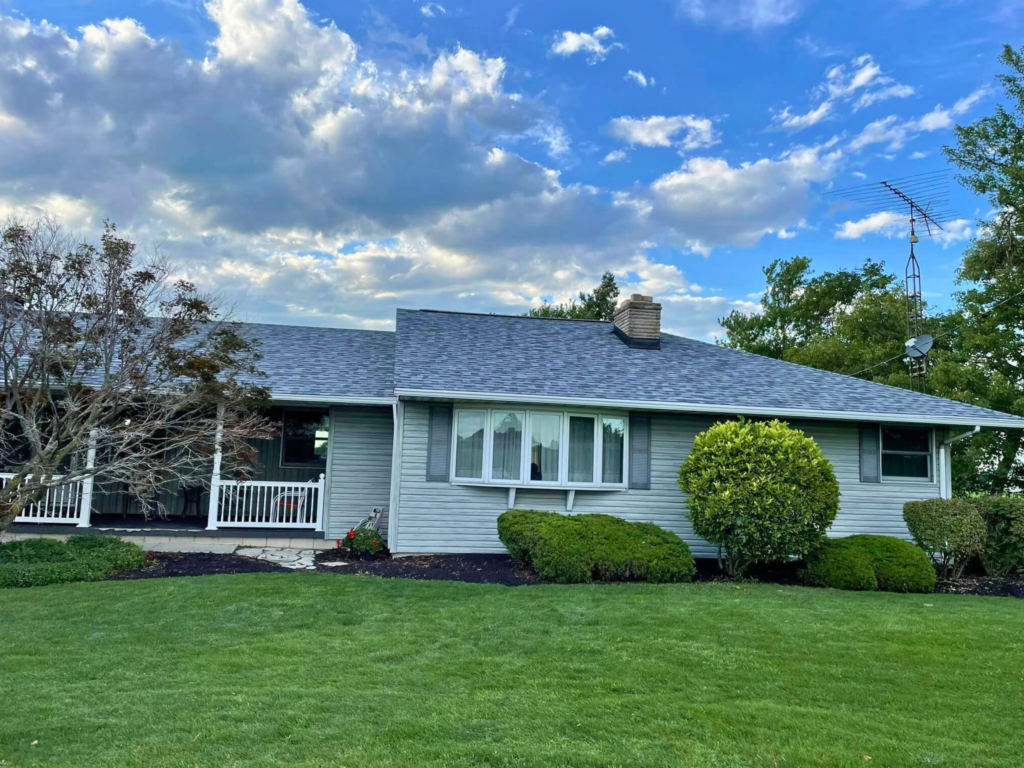Weather conditions play a significant role in the lifespan and performance of your commercial or residential roof. From heavy rainfall to extreme heat, various elements can cause wear and tear over time, reducing the efficiency and durability of your roof. Regular maintenance and timely roof repair can extend the lifespan of your roof and protect your property from costly damage. Here’s a closer look at how different weather conditions impact your roof and some essential tips for preventive repair.
Heavy Rainfall and Water Damage
One of the most common weather-related issues that affect roofs is heavy rainfall. Prolonged exposure to rain can lead to leaks, weakened shingles, and water pooling on flat roofs. Water penetrating through damaged areas can cause structural issues, mold growth, and damage to the building’s interior. Regular roof inspections are essential to spot signs of water damage early to prevent this. Ensure that gutters and downspouts are cleared of debris to allow proper water drainage, reducing the risk of standing water on your roof.

High Winds and Storm Damage
Strong winds can lift or tear away shingles, flashing, and other roofing materials, especially during severe storms. Wind can also drive rainwater under damaged shingles, increasing the potential for leaks. After any significant windstorm, it’s crucial to inspect your roof for any signs of wind damage, such as missing or loose shingles. Immediate repairs can prevent minor issues from escalating into significant problems. Regularly maintaining your roof’s structure will help it withstand high winds and reduce the risk of damage during future storms.
Snow and Ice Accumulation
In colder climates, snow, and ice threaten a roof’s integrity. Ice dams, which form when melting snow refreezes at the roof’s edge, can block proper drainage and lead to water seeping under shingles. The added weight of snow accumulation can also stress the roof structure, increasing the risk of sagging or collapse. Removing excess snow from your roof and clearing any ice dams promptly is essential to avoid long-term damage. Preventive roof repair, such as reinforcing shingles and ensuring proper insulation, can help prevent these issues.
Extreme Heat and Sun Exposure
Prolonged exposure to the sun and high temperatures can cause roofing materials to deteriorate over time. UV rays can break down asphalt shingles, causing them to crack, curl, or lose their protective granules. This degradation leaves the roof more vulnerable to leaks and other damage. Regular maintenance, including applying reflective coatings or installing energy-efficient roofing materials, can help reduce sun damage and extend the lifespan of your roof. Routine inspections in the summer months are also necessary for identifying early signs of sun-related wear.

Temperature Fluctuations
Regions that experience frequent temperature fluctuations between hot and cold can cause roofing materials to expand and contract. This thermal cycling leads to shingles, tiles, or metal roofing components cracking and warping. Over time, these tiny cracks can worsen, allowing water to seep in and damaging the underlying structure. By conducting regular roof inspections and repairs, you can address minor issues caused by temperature changes before they become more prominent, more expensive problems.
Tips for Preventive Roof Repair
- Schedule Regular Roof Inspections: Have your roof professionally inspected at least twice a year to identify any weather-related damage. This ensures that minor issues are addressed before they escalate.
- Clean Gutters and Downspouts: Keep gutters and downspouts clear of leaves, debris, and dirt to allow proper water drainage, which helps prevent leaks and water damage.
- Trim Overhanging Branches: Falling branches can damage your roof during storms, and overhanging branches can scrape against roofing materials, wearing them down over time. Trim trees near your roof to reduce this risk.
- Repair Damaged Shingles Promptly: Address any missing, cracked, or curling shingles as soon as you notice them. Delaying repairs can lead to water infiltration and structural damage.
By following these preventive repair tips and maintaining regular maintenance, you can protect your roof from the harsh weather effects and extend its lifespan. Peake Roofing specializes in high-quality roof repairs that ensure your roof remains resilient through all seasons. We proudly serve businesses and homeowners in Troy, Dayton, Lima, and other areas across Ohio. Contact us today for a roof inspection and preventive maintenance plan to safeguard your property.
